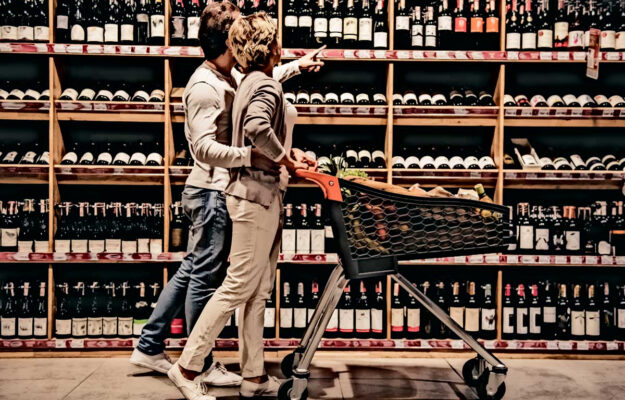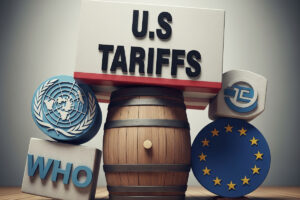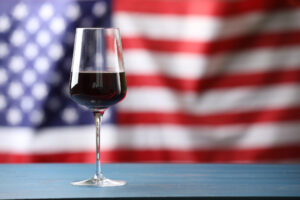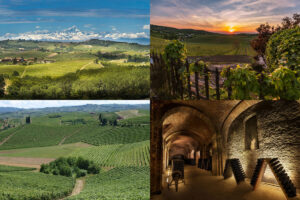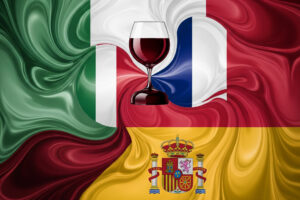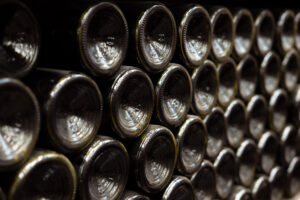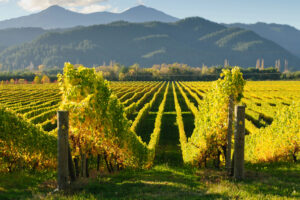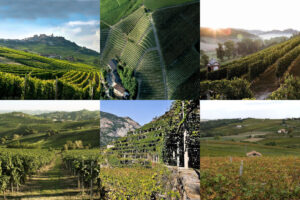It is a well established fact that inflation has increased what Italians spend, overall, in the mass retail trade, including wine, though buying fewer bottles. This has been confirmed by data from Circana, analyzed by WineNews, at the beginning of the year, then by the Observatory of the Unione Italiana Vini (UIV) and ISMEA. Now, looking at more specific dynamics in each type of channel, also the Wine Monitor report by Nomisma, in partnership with Nielsen IQ.
The report explained that overall, “the pressure of inflation has not spared the wine sector, which in 2023 registered a significant growth in prices (+5%), especially in modern distribution (hyper and super markets), and discount stores. During the year, sales reached almost 3.3 billion euros, +2.8% improvement compared to 2022, but dropped more than 2 percentage points in purchased volumes, to 8.2 million hectoliters, at an average price of 3.97 euros per liter. Still and sparkling wines, among all the different categories, suffered the highest decrease in volumes (more than -3%), while sparkling wines went against the trend, even though growth was driven by cheaper products (generic sparkling wines ).
Looking at the details, sales in hypermarkets, supermarkets and mini-markets, which are worth well over half of the wine sold in volume and value (5.1 million hectoliters, -2.1%, and 2.4 billion euros, +2, 9%, average price 4.7 euros per liter, at +5.9%), of still & sparkling wines registered increases in value, but drops in quantity, especially red wines, which has been the type most penalized, due to the negative economic situation. The crisis of red wines in the mass retail trade, Nomisma pointed out, comes from far away. As a matter of fact, between 2017 and 2022, volume sales had fallen more than 10%, against white wines that were stable and a boom in sparkling wines.
Looking at the discount channel, though, in 2023, it registered increases in sales value and instead a decrease in volumes in both typologies (still and sparkling wines). The discount channel moves large quantities of wine - equal to 2.2 million hectoliters (-3.7%), but a modest value, equal to 577 million euros (+1.8%), and the average lowest price ever per liter, at 2.5 euros per liter (although up + 5.7%). As far as still wines are concerned, red wines performed the worst, while white and rosé wines performed the best. The PDO and PGI categories, on the whole, closed the year at slight increases in value, but did not manage to recover in volumes. It was a similar situation for sparkling wines as well, as the increase in value was supported, in this case, by sales of Charmat Secco.
As for e-commerce, the online sales channel, following record performances over the past years, it has continued to decrease, so much so that the 2023 result is negative for still & sparkling wines and semi-sparkling wines. According to data of the panel survey (which essentially takes into account the performance of general distribution players, external companies such as Amazon, and some specialists, ed.), sales dropped in value to 45 million euros (-11, 4%), 69.000 hectoliters (-7.3%), and an average price of 6.47 euros per liter, which is evidently the highest, in spite of -4.4% drop. On the other hand, the performance of the Cash&Carry channel, which is the one most linked, by extension, to away from home, was very interesting. In 2023, the channel showed increased sales performance compared to the previous year for still and sparkling wines and for semi-sparklings. These considerable results were facilitated due to a longer summer season as well as foreign tourism returning, which increased sales in restaurants and public locales. The numbers speak for themselves: 774.000 hectoliters (+9.4%) for 237 million euros (+7.7%), even though the average price, 3.06 euros per liter, is on a decline -1.6%. The result shows a definitely negative pattern, therefore, which confirms the trend of decline in wine consumption, at least in the domestic context, and growth in spending, which is evidently linked solely and exclusively to inflation.
Copyright © 2000/2025
Contatti: info@winenews.it
Seguici anche su Twitter: @WineNewsIt
Seguici anche su Facebook: @winenewsit
Questo articolo è tratto dall'archivio di WineNews - Tutti i diritti riservati - Copyright © 2000/2025










